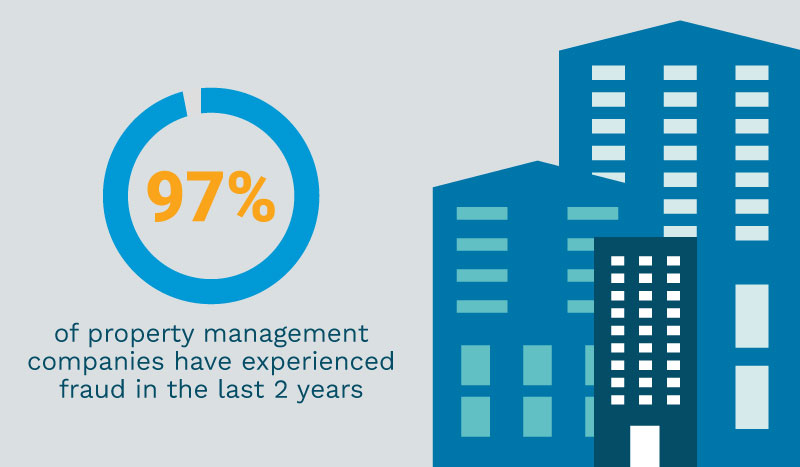Changes in multifamily community behavior: What the data tells us
The multifamily industry is closing in on the end of a month of change. Change driven by COVID-19 has touched everyone. Residents are staying home, in volume, unlike any time prior. Property offices have adjusted their interactions and processes to limit personal contact.
To understand the degree of change that has taken place and its impact on residential leasing staff and property managers, let’s compare some data from March 30 – April 5, 2020 with the same dates in 2019.
Communication from Properties to Residents
Property staff are sending 28% more outbound broadcast messages, and the recipient pool has increased by 18%. This demonstrates more frequent communications to a broader audience.
This should not be a surprise as many onsite conditions have changed. Amenities have closed. Office hours have adjusted, and policies have changed. Staff is being proactive about rent collections and payment assistance plans and programs.
Given the current state of affairs, this is an indicator that property staff is doing a great job of increasing their communications to residents – a very appropriate response to the current crisis.
Inbound Call Volumes and Types
Inbound call volume to property offices is up by 39%, and the mix of calls is vastly different than normal. At a macro level, this increase is likely driven by residents replacing drop-in visits with phone calls.
The call mix has changed significantly, as shown in the table below:
| Leasing Calls | ↓24% |
| Maintenance Calls | ↑208% |
| Emergency Maintenance Calls | ↑17% |
| Courtesy Calls | ↑524% |
| Emergency Courtesy Calls | ↑8% |
| Other Calls & Messages | ↑148% |
Leasing Calls
The fact that leasing calls are down 24% is not a surprise, as a combination of economic uncertainty and stay-at-home orders both work to blunt demand in the current moment. This statistic is simply a realistic reflection of this point in time.
Maintenance Calls
Maintenance calls are up substantially (208%), and maintenance emergencies have also increased. With more residents at home full-time, it follows that routine maintenance volumes, as well as perceived emergencies, would increase. More people using things more frequently will lead to a decrease in the time between failure for wear items. Some residents may also simply be reporting things that could have been addressed sooner but are now of increased importance given changes in circumstances and space utilization.
This increase in maintenance volume comes at an inopportune time, as many properties have moved to emergency-only response in order to better protect employees and to promote social distancing. This policy change likely contributes to the increase in emergency requests as the caller makes the emergency designation.
Many property teams have adopted the idea of creating instructional videos that demonstrate simple fixes for common issues. These videos are posted to the resident portal so that residents can perform basic maintenance on their own.
Courtesy Calls
Courtesy Calls have seen a substantial jump, with a 524% increase. These call types are typically associated with lock-outs, visitors, packages and other items not explicitly related to leasing and maintenance. As stated earlier, with more residents at home for an extended period, it follows that there would be more non-specific requests for service, with some being of an urgent nature.
Adjustments in Process
Leasing offices are finding a new balance in activities while they adjust to new work patterns, strict schedules and social distancing. Based on the data, it is likely that some of the time once spent on leasing is now being spent on increased resident service. Honestly, given the circumstances, that is exactly what should be happening.
The data here is based on the activity of MRI clients using Callmax Automated Communications. This tool provides automated call management and helps staff engage with residents through multiple communication methods, including email, text, and phone. Resident engagement is always important, but crisis situations like the global pandemic provide insight into the true value of digital services to keep multifamily communities safe and running smoothly.
Can fraud happen to your multifamily business?
Learn more about how to protect your property and your community with MRI Risk Management.

